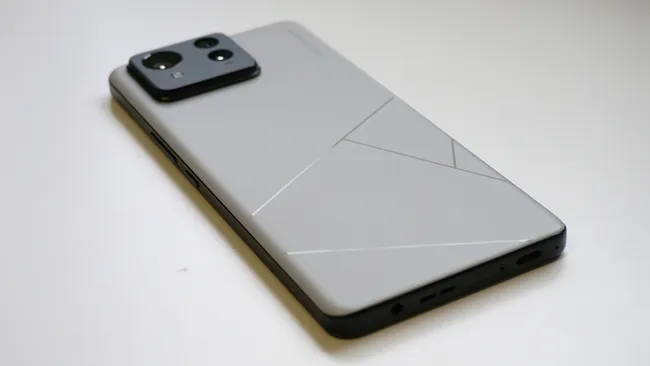Through the last three Zenfone generations, Asus has established itself as the market leader in compact phones, offering flagship performance in one of the most portable form factors. However, the new Asus Zenfone 11 Ultra from the firm is everything but little.
Asus has instead included every feature we’ve come to anticipate from a flagship device in 2024: a top-tier chipset for superior performance? Verify. A large, colorful, high-refresh rate screen? Check: a big battery that charges incredibly quickly? Naturally. Three competent cameras in the rear? It appears to be! Completely new AI functionality? Yes, 2024, isn’t that right?
On paper, there isn’t much wrong with the Zenfone 11 Ultra’s long list of features and specifications; its unassuming appearance and potent internal components should guarantee that it will satisfy discriminating consumers looking for a new flagship phone at this time. However, it deviates from the Zenfone line’s established reputation.
Battery
Only Apple, Google, and Samsung have produced notable competitors that even come close to Asus’ phones’ compact-but-powerful formula. The Zenfones 8, 9, and 10 have all been relatively small—in comparison to the current quo. There wasn’t much else that offered a 6-inch or smaller screen paired with a flagship chipset, unless you were willing to accept the drawbacks of a smaller battery (and hence shorter battery life) and a smaller thermal envelope (which impacted sustained performance).
Asus Zenfone 11 Display
The Zenfone 10 from 2023 has a 5.92-inch screen, while the new Zenfone 11 Ultra resembles the Samsung Galaxy S24 Ultra with its 6.78-inch panel. It is now one of the largest phones available, and astute observers of Asus’ products may also notice that the design and specifications are strikingly similar to those of the company’s other recent flagship phone release, the Asus ROG Phone 8 series. The same screen, internals, cameras, and battery make the Asus ROG Phone 8 Bruce Wayne, while the Zenfone 11 Ultra has distinct cooling and performance tuning profiles.
Gaming
The Zenfone 11 Ultra prioritizes Asus’ AI initiatives over competing for the title of best gaming phone. Although they won’t be available at launch, features like AI Transcript, AI Call Translator, AI wallpaper creation, AI-supported noise cancellation (in calls), and semantic search should help the Zenfone 11 Ultra go from being just another smartphone to a direct competitor to Samsung’s Galaxy AI initiatives and even the recently released Xiaomi 14 series.
Spec
The main advantage of going big this generation is, of course, that you get a gigantic AMOLED screen. It’s a Full HD+ panel with a refresh rate range of 1Hz to 120Hz for everyday use and 144Hz for suitable games. With 65W wired fast charging and 15W wireless charging, the 5,500mAh battery is expected to provide the longest battery life of any Zenfone. According to Asus, it will last 26.5% longer than its predecessor and allow for about 26 hours of regular use between charges. We’ll definitely test this in our comprehensive review of the Asus Zenfone 11 Ultra.
The 11 Ultra’s complete specs are broken down here:
- The measurements are 163.8 x 76.8 x 8.9 mm.
- 224g in weight
- 6.78-inch (2400 x 1080) display 20:9 1 Hz to 144 Hz AMOLED LTPO
- Qualcomm Snapdragon 8 Gen 3 chipset
- 12GB or 16GB of RAM (LPDDR5X)
- 256GB or 512GB of storage (UFS 4.0)
- Launching OS: Android 14
- Sony IMX890 with ‘Gimbal’ OIS, 50MP primary camera, f/1.9, 13MP ultra-wide camera, 112º field of view, and freeform lens
- 32MP, f/2.4, 3x optical zoom with OIS telephoto camera
- 32MP front camera with RGBW pixels
- 5,500mAh battery
- 15W wireless, 65W wired charging
- Colors: Desert Sand, Misty Gray, Eternal Black, and Skyline Blue
If you’re still mourning the loss of a small flagship phone in the Zenfone lineup after all of this talk about new features and powerful hardware, the ‘Ultra’ suffix does open the door for a Zenfone 11.
